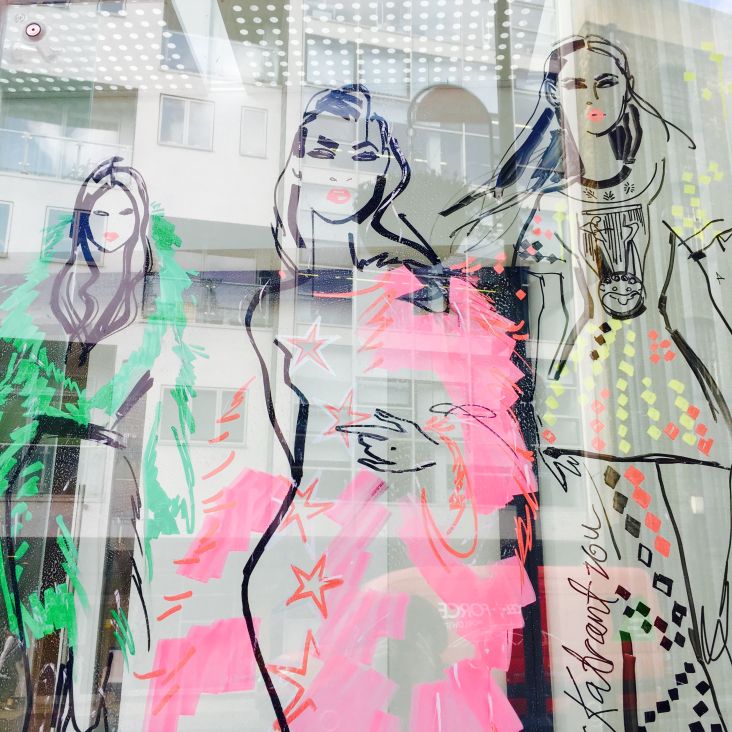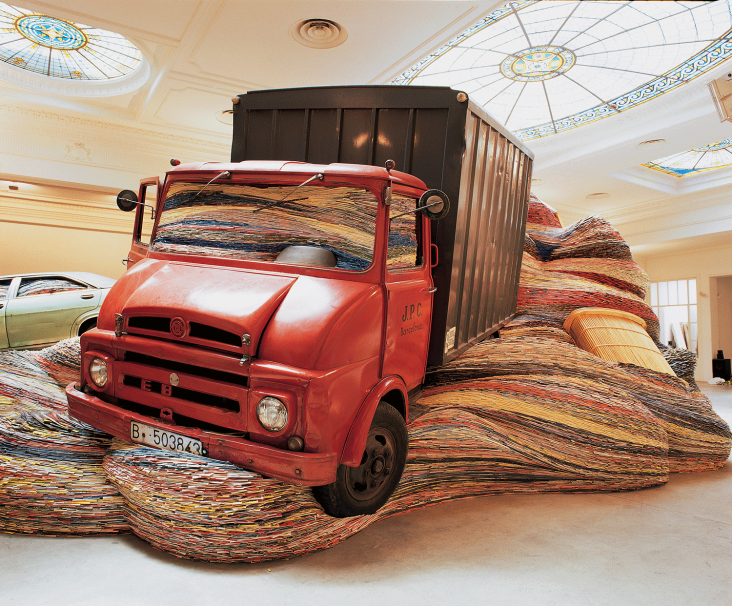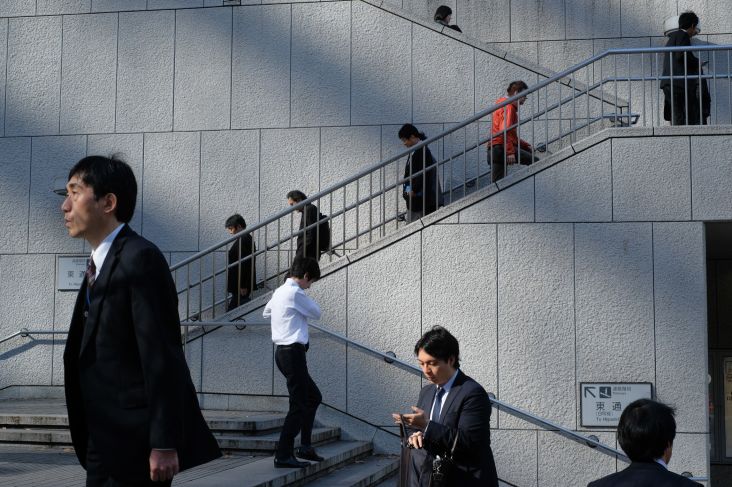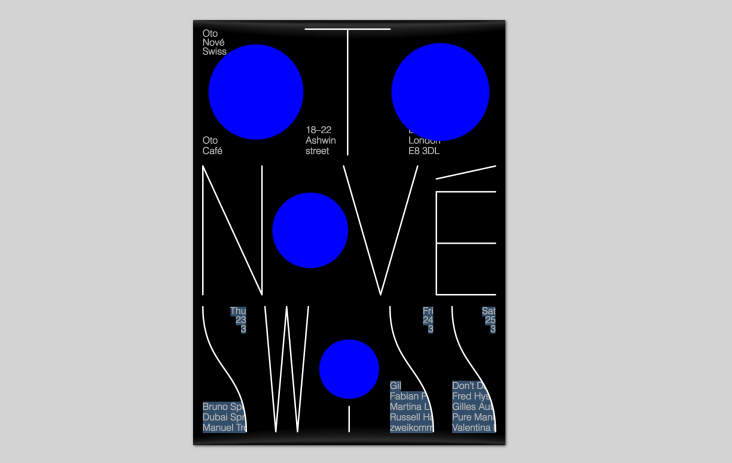Daniel Castro Garcia's hauntingly beautiful photographic documentation of the migrant crisis
Creativity can take many guises: decorative, therapeutic, commercial, expressive, and raising awareness about uncomfortable issues through imagery where most wouldn't dare. The work of London-based photographer Daniel Castro Garcia falls into the latter category, and since 2015 he's been documenting the migration and refugee crises in his series Foreigner.
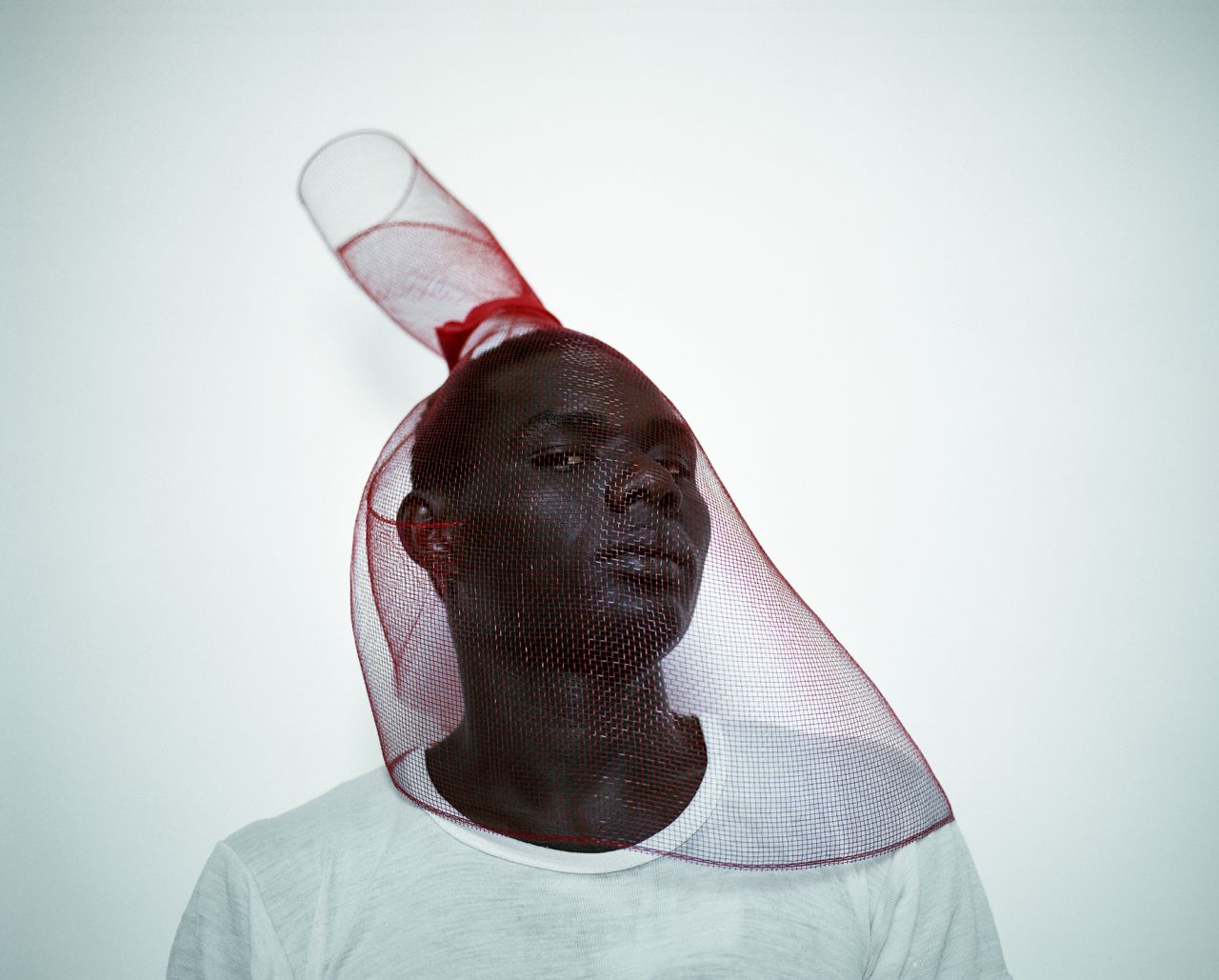
Madia Catania, Sicily, Italy, November 2015 28 year old Madia left Senegal crossing the Sahara desert in a highly dangerous pick-up truck convoy. Madia witnessed his best friend, Sana, being shot in the head by people traffickers in Libya.
The project began as a response to what the photographer deemed “sensationalist, alarmist” coverage of migration in the media. This coverage, he says, “was not giving people the time and consideration they deserved. I wanted to approach the subject from a calmer perspective, using photography as a means of meeting the people at the centre the crisis face to face – and of learning something about their lives.”
He’s got a point, and his images work beautifully to help remedy these attitudes. Instead of viewing refugees as a “problem,” a number, or – more tragically – a death count, Castro Garcia creates work that humanises them and puts faces and human stories into each image.
The photographer visited areas including Italy, where refugees arrive from North Africa; the Balkans and Greece, arriving via Turkey from the Middle East and the “jungle” migrant camp in Calais. “We wanted to remove it from a one-off news reportage and get a more in-depth look at people’s lives,” he says.
Together with designer Thomas Saxby, Castro Garcia published a book of his images last year, and now they are to go on show at London’s TJ Boulting Gallery. The exhibition will also present recent portraits, interviews and film footage, including some moving image pieces shot in Lampedusa and Sicily showing interviews with the people he photographed in 2015. “These are personal journeys which for many are either ongoing or have come for now to a halt, but the overriding memory remains that there are many who have not made it this far,” says the gallery.
It adds: “It is [Castro Garcia’s] personal and intimate approach to the stories of migrants and refugees that make the project so powerful. We see a group of men playing cards in Calais, the central figure’s gaze calmly looking out at us, or a pair threading each other’s eyebrows in the late afternoon sun. His portraits of people like Madia from Senegal feel much more like a collaboration, as he poses with the improvised red netting over his head, fixing us with a stare that belies his traumatic journey.”
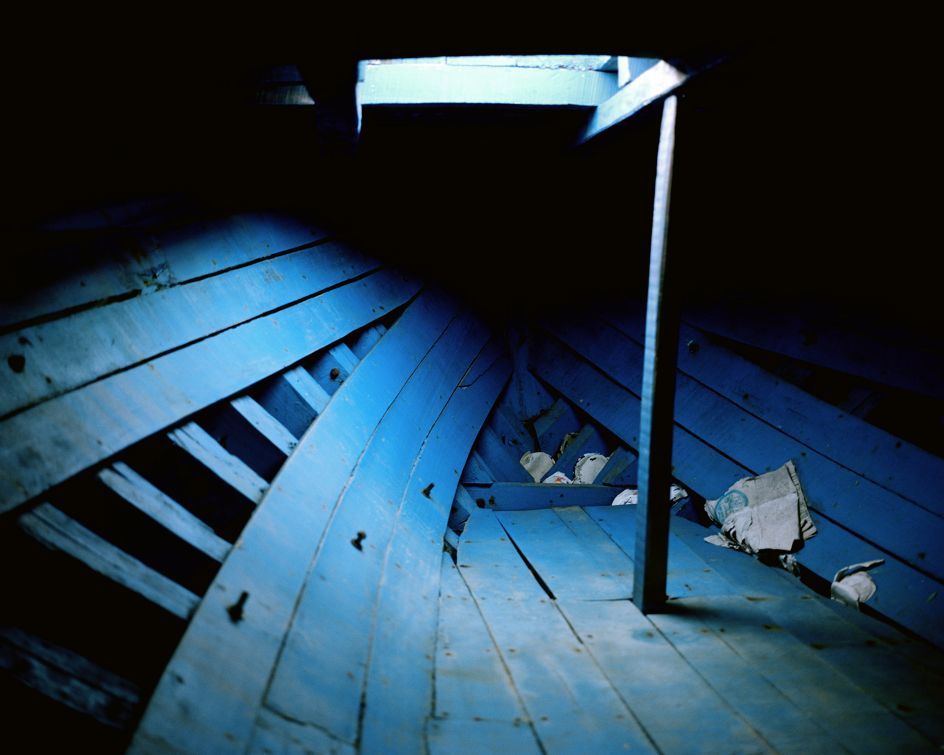
Boat Graveyard Lampedusa, Sicily, Italy, February 2017
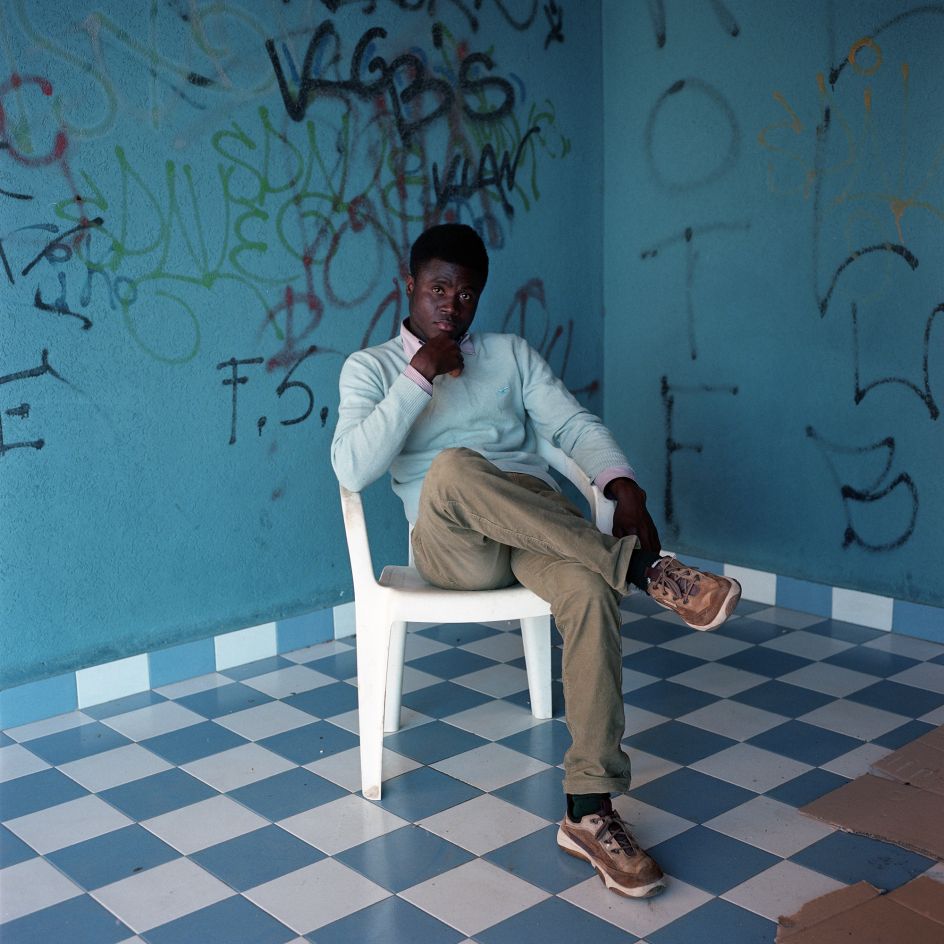
Michael Augusta, Sicily, Italy, June 2015
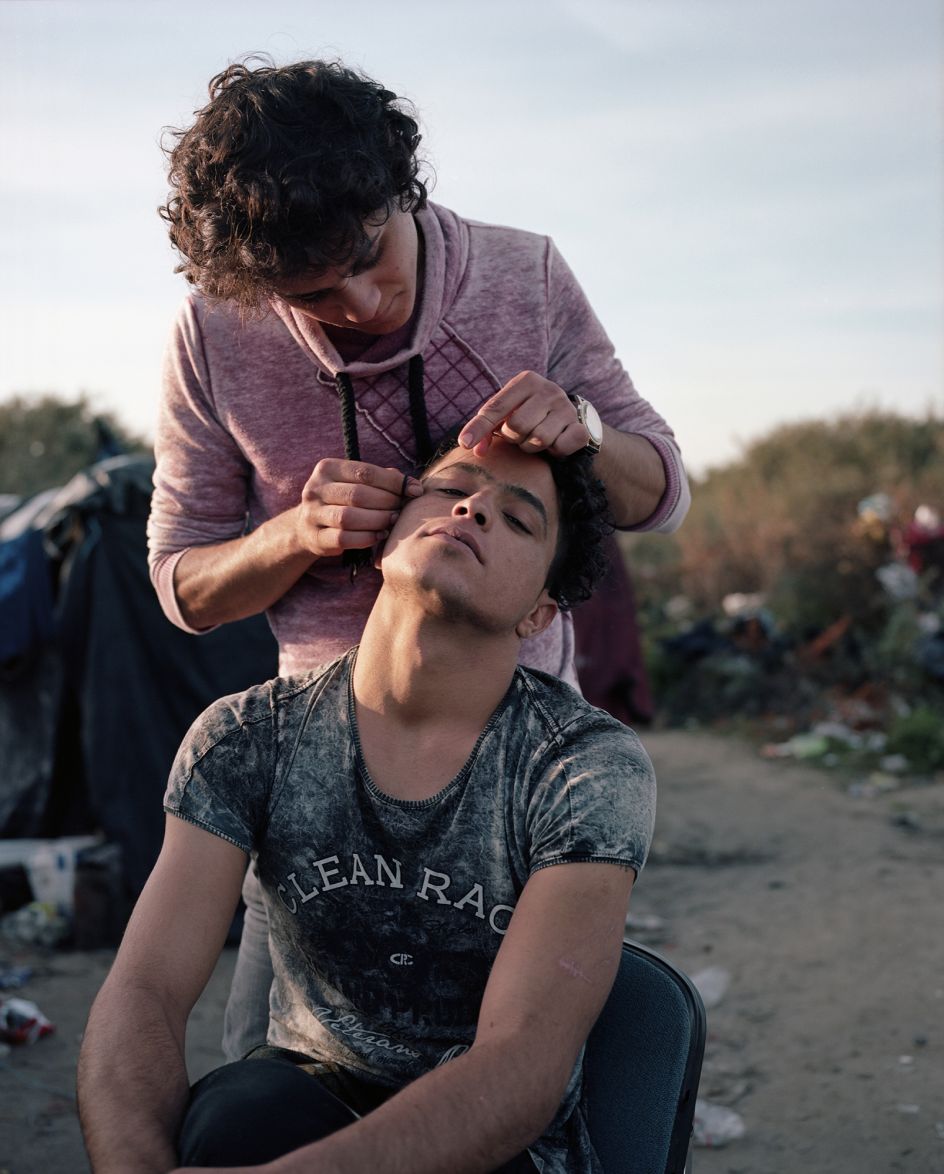
Calais, France, November 2015 North African men threading their eyebrows.
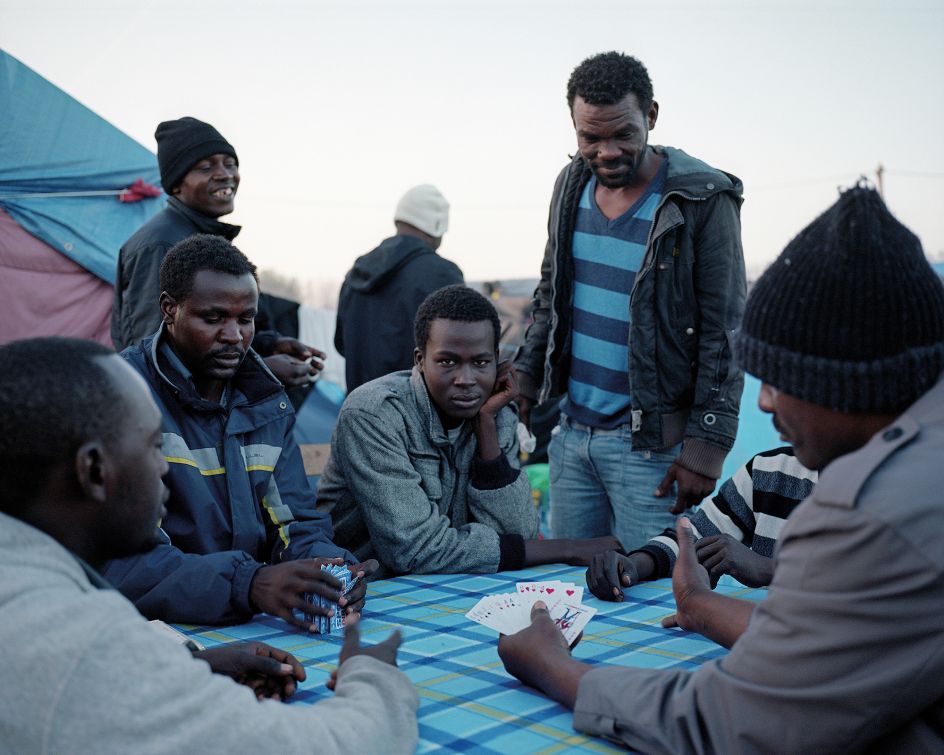
Calais, France, November 2015 Sudanese men playing cards
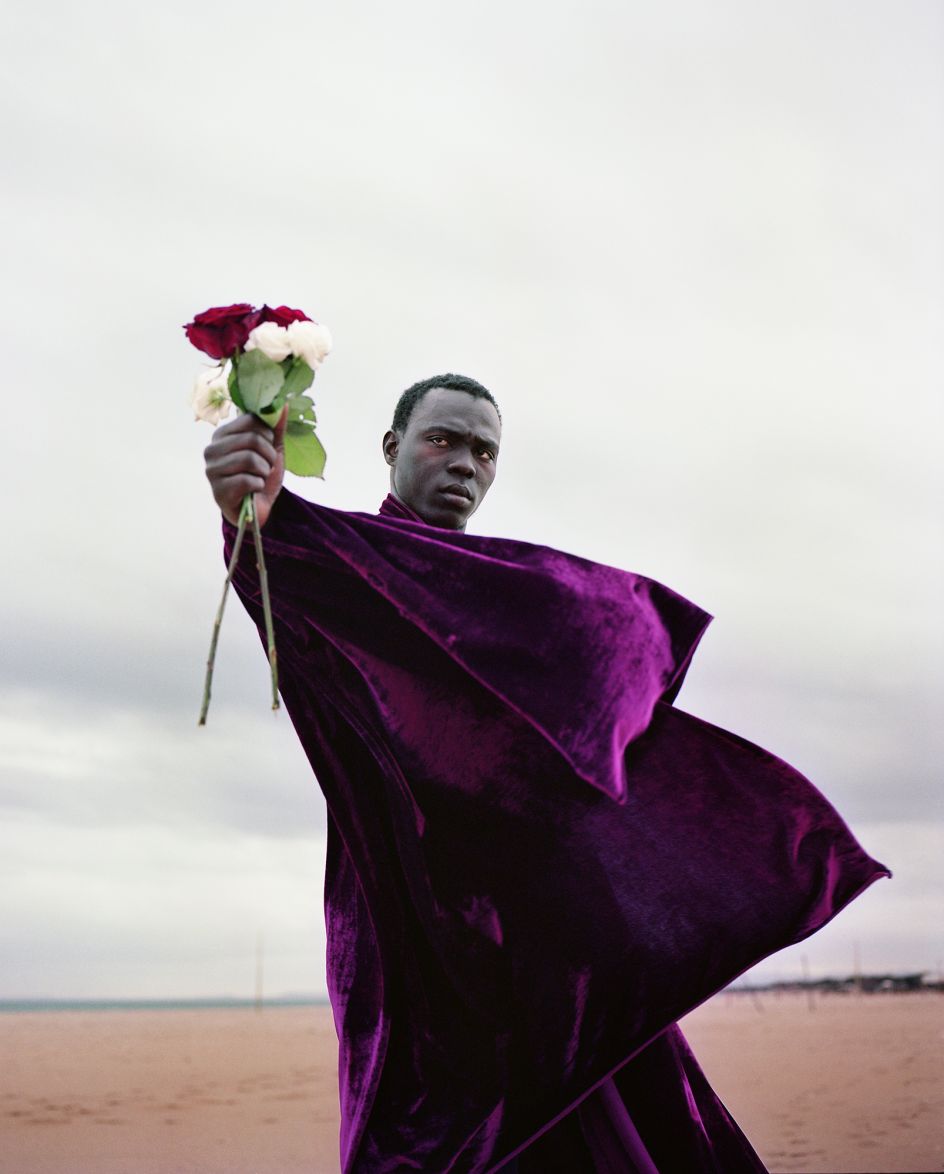
Aly Gadiaga Catania, Sicily, Italy, November 2015 Aly, 26, left Senegal and spent three years travelling to Libya, washing dishes in Mali and Burkina Faso in order to earn the money to board one of the dangerous pick-up truck convoys and cross the Sahara Desert. He has lived in Catania for four years and has not yet received a work permit. Everyone knows him as “Gucci”, a slang term for “good” or “alright”, because of his positive attitude. He has not seen his family for eight years.
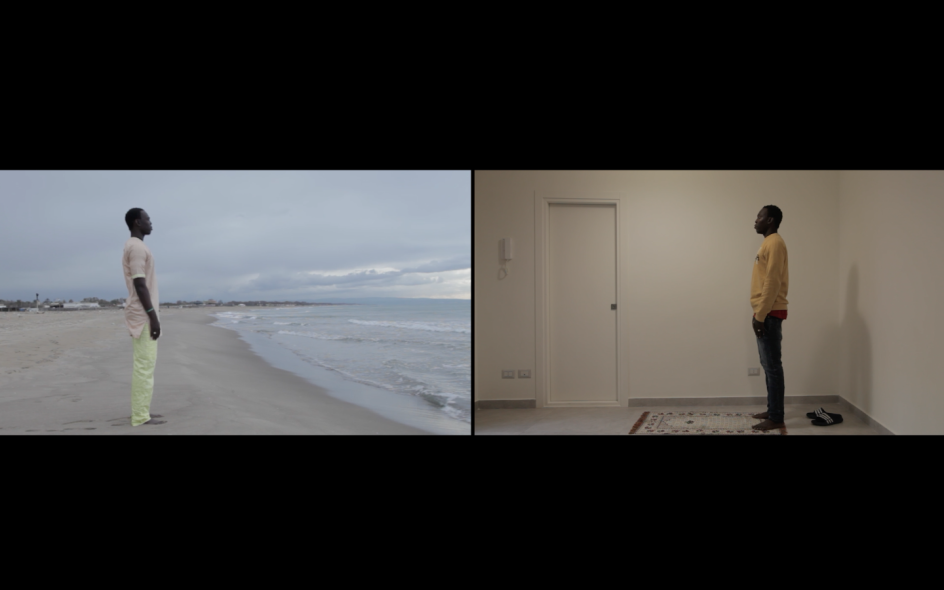
Stills taken from Daniel Castro Garcia’s new film project. The film documents the life of Aly Gadiaga in Catania, Sicily and also revisits the island of Lampedusa offering the opportunity to revisit the island two years later.
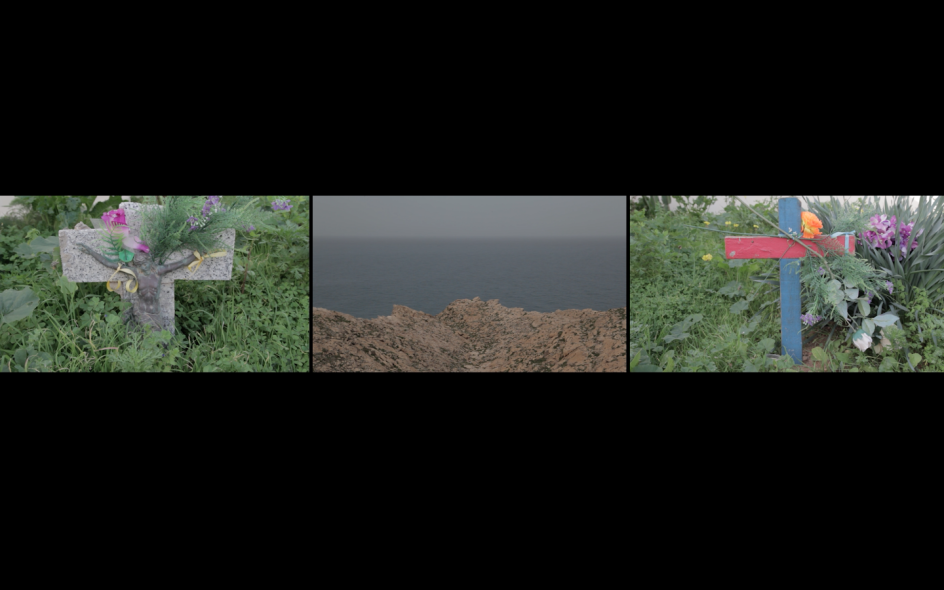
Stills taken from Daniel Castro Garcia’s new film project. The film documents the life of Aly Gadiaga in Catania, Sicily and also revisits the island of Lampedusa offering the opportunity to revisit the island two years later.
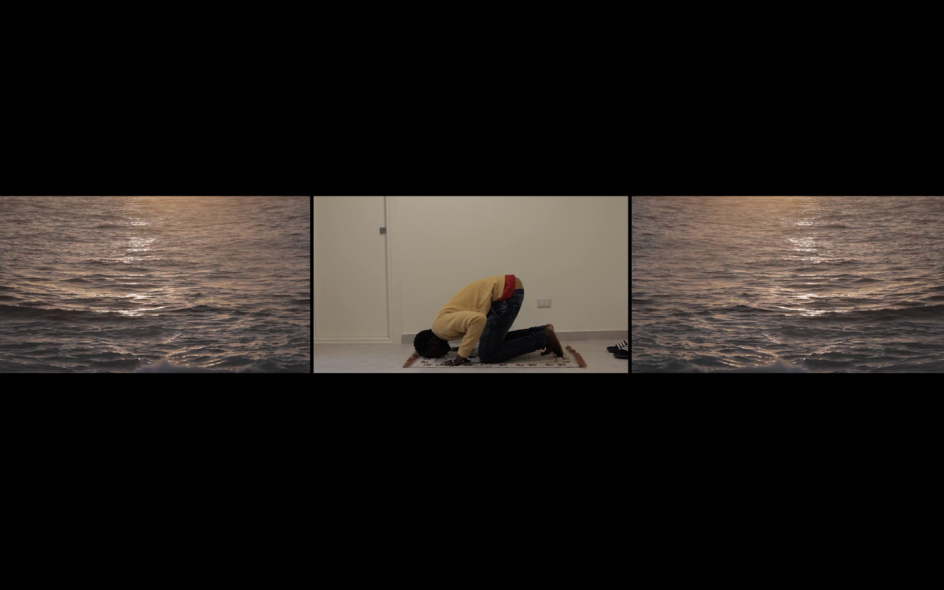
Stills taken from Daniel Castro Garcia’s new film project. The film documents the life of Aly Gadiaga in Catania, Sicily and also revisits the island of Lampedusa offering the opportunity to revisit the island two years later.




 by Tüpokompanii](https://www.creativeboom.com/upload/articles/58/58684538770fb5b428dc1882f7a732f153500153_732.jpg)


 using <a href="https://www.ohnotype.co/fonts/obviously" target="_blank">Obviously</a> by Oh No Type Co., Art Director, Brand & Creative—Spotify](https://www.creativeboom.com/upload/articles/6e/6ed31eddc26fa563f213fc76d6993dab9231ffe4_732.jpg)








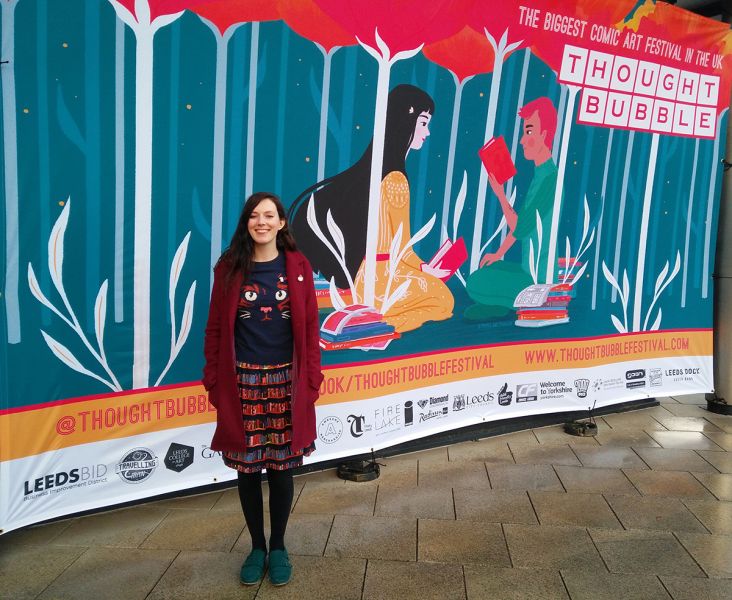
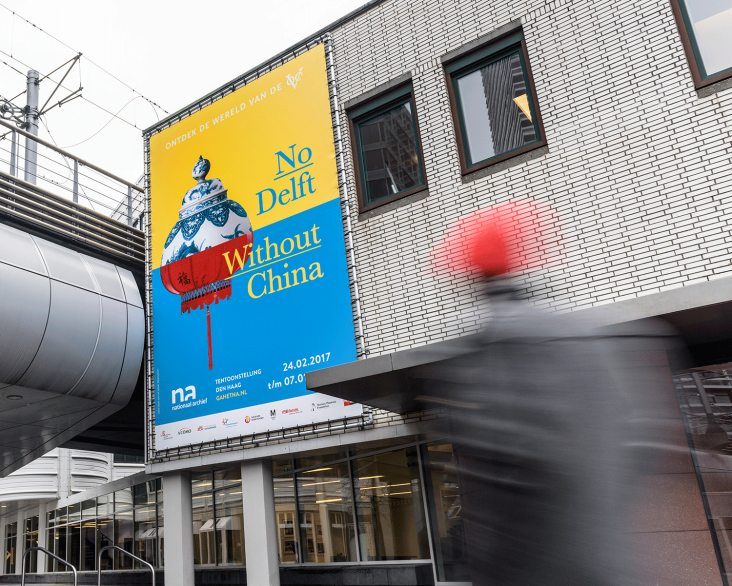
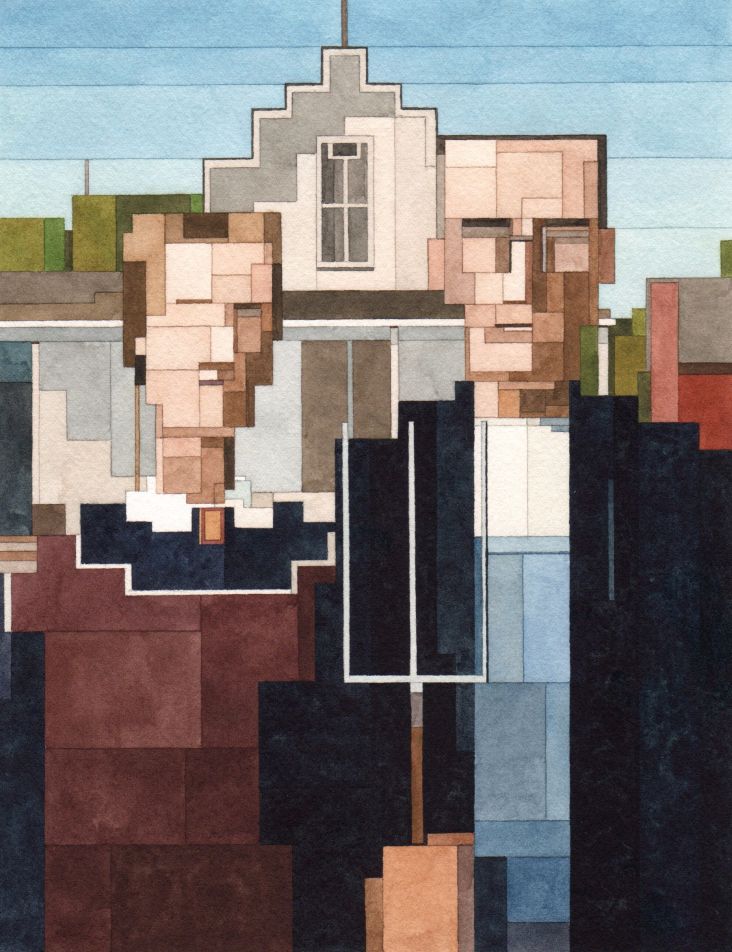
](https://www.creativeboom.com/upload/articles/d5/d5f0a368da2f4b2292e7c09fd81ebe170572e5f8_732.jpeg)
